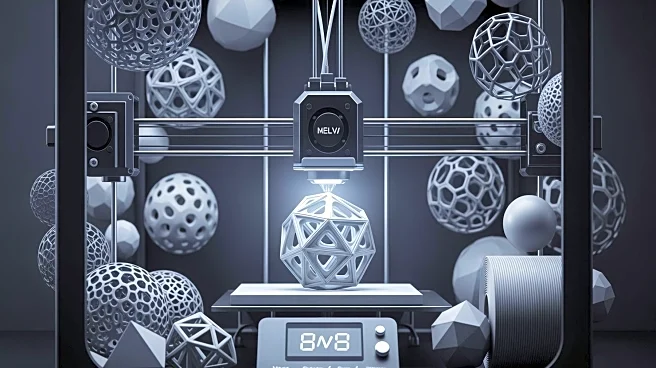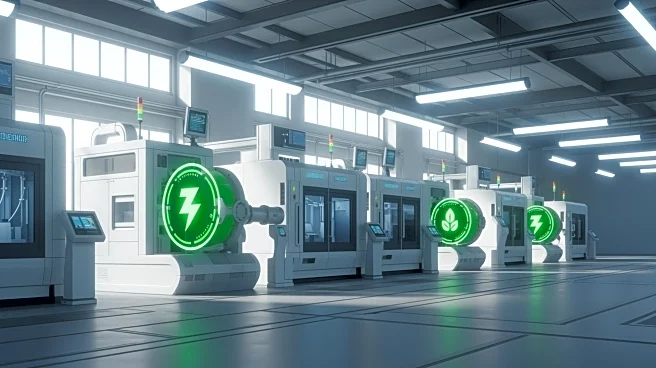What's Happening?
A recent article in Nature discusses advancements in holographic lithography, focusing on phase-probability shaping to reduce speckle noise in optical holography. The study introduces a method using dielectric
geometric metasurfaces to achieve highly uniform holographic images. This approach involves shaping the probability density of encoded random phases, allowing for the suppression of speckle contrast to nearly zero. The research demonstrates the potential of computer-generated holography (CGH) lithography to fabricate high-resolution structures without the need for complex projection systems, offering a lensless alternative to traditional lithography methods.
Why It's Important?
The development of speckle-free holographic lithography has significant implications for the optical display and lithography industries. By reducing noise and improving image uniformity, this technology can enhance the precision and efficiency of fabricating nanophotonic devices. The ability to produce high-resolution patterns without complex systems could lower production costs and increase accessibility to advanced manufacturing techniques. This advancement may benefit industries reliant on precise optical components, such as telecommunications and medical imaging, by providing more reliable and cost-effective solutions.
What's Next?
Future research may focus on optimizing the phase-probability shaping method for broader applications, including short-wavelength spectra and extreme ultraviolet lithography. The exploration of binary-phase modulation could extend the capabilities of CGH lithography, potentially leading to breakthroughs in resolution limits and phase-modulation depth. As the technology matures, it may attract interest from commercial entities seeking to integrate speckle-free holography into their manufacturing processes, driving further innovation and adoption.
Beyond the Headlines
The ethical and environmental implications of this technology could be profound. By reducing the complexity and resource requirements of lithographic processes, speckle-free holography may contribute to more sustainable manufacturing practices. Additionally, the technology's potential to democratize access to high-resolution fabrication could spur innovation across various fields, fostering a culture of creativity and technological advancement.











